Sugar gliders have soared in popularity as exotic pets in recent years, captivating potential owners with their adorable appearance and unique personalities. These small, nocturnal marsupials native to Australia, Indonesia, and Papua New Guinea are named for their love of sweet foods and their remarkable ability to glide through the air using a membrane called a patagium. While their cute faces and bonding potential make them appealing companions, sugar gliders require specialized care that differs significantly from traditional pets. Before bringing one of these fascinating creatures into your home, there’s essential information you need to understand about their needs, habits, and the commitment they require. This comprehensive guide will help you determine if a sugar glider is the right pet for your lifestyle and how to provide the best possible care if you decide to welcome one into your family.
Understanding Sugar Glider Origins and Natural Habitat
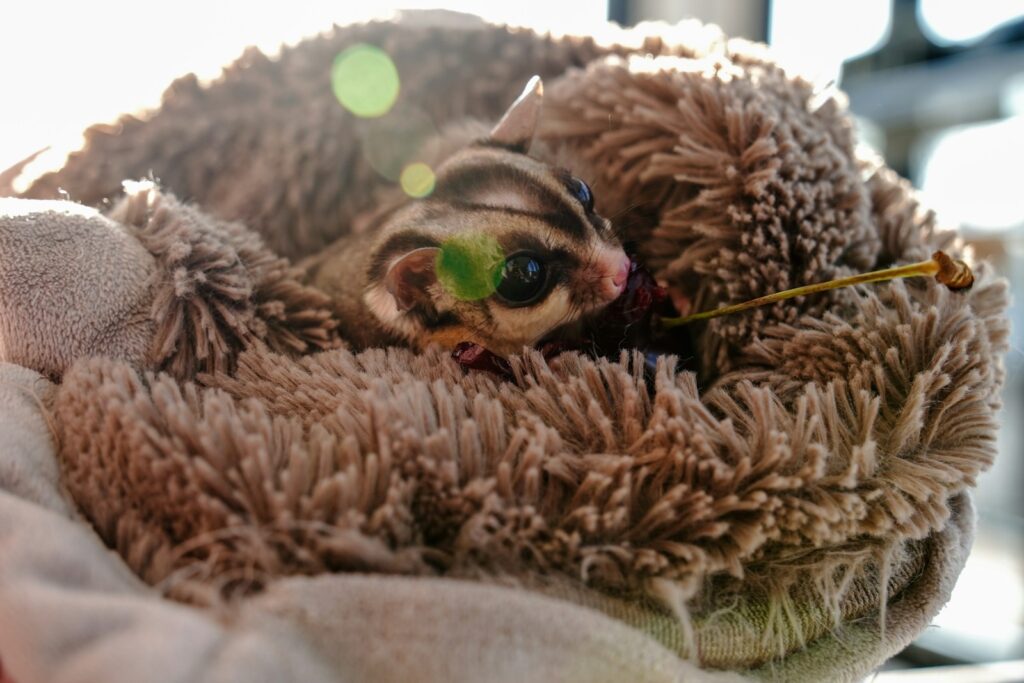
Sugar gliders (Petaurus breviceps) are native to the forests of Australia, Indonesia, and Papua New Guinea, where they naturally inhabit tall eucalyptus trees. In their wild environment, these nocturnal marsupials live in colonies of up to 12 individuals, gliding between trees using their patagium—a thin, furry membrane that extends from their wrists to their ankles. They’ve evolved to thrive in a tropical to temperate forest climate, where nighttime temperatures rarely drop below 65°F (18°C). Understanding their natural habitat is crucial because many of their care requirements and behaviors directly relate to their evolutionary adaptations to life in the forest canopy. Their natural diet consists of tree sap, nectar, insects, and small amounts of fruit, which explains their specialized dietary needs in captivity.
Legal Considerations Before Adoption

Before you even consider bringing a sugar glider home, it’s essential to understand the legal landscape surrounding these exotic pets. Sugar gliders are illegal to own in several states, including Alaska, California, Hawaii, and Massachusetts, as well as in many cities and counties that have specific exotic pet ordinances. Even in areas where they’re legal, some jurisdictions require special permits or licenses to keep them as pets. Always check your local, county, and state laws regarding exotic pet ownership before pursuing adoption. Additionally, be aware that legal status can change, and moving to a new location with your sugar glider could potentially create legal complications if the new area prohibits them. Responsible ownership begins with ensuring you can legally provide a forever home for these animals.
The Commitment: Lifespan and Social Needs
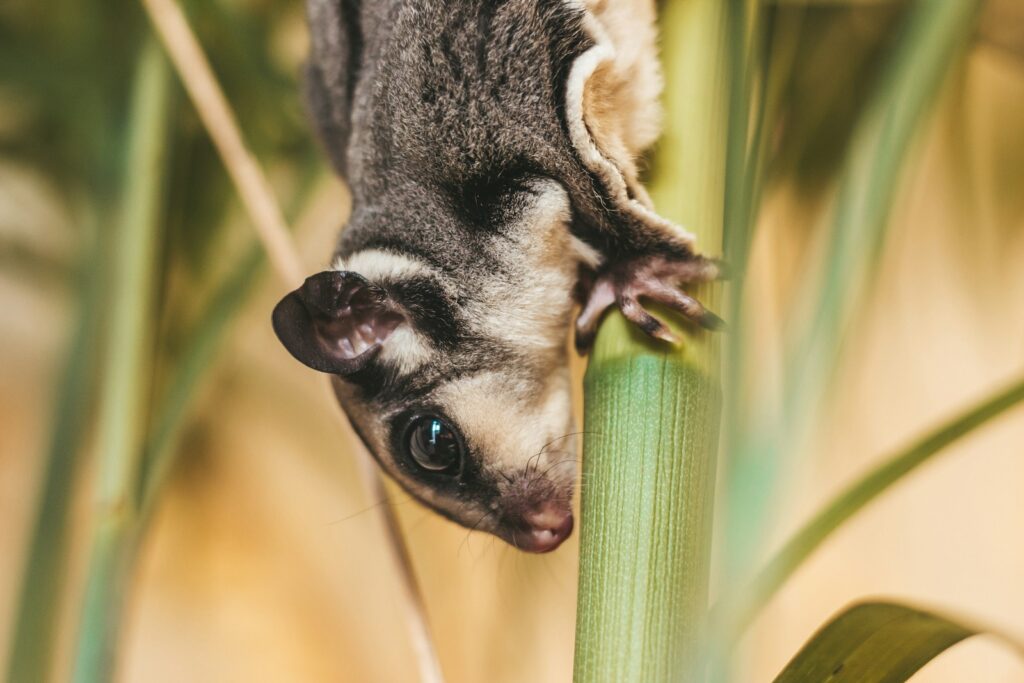
Sugar gliders represent a significant long-term commitment, with a typical lifespan of 10-15 years in captivity when properly cared for. Their remarkably social nature means they should never be kept alone, as solitary confinement can lead to depression, self-mutilation, and even premature death. Sugar gliders form strong bonds with their colony members and require at least one companion of their own species to maintain proper psychological health. Beyond their need for sugar glider companionship, these animals also form intense bonds with their human caretakers and require daily interaction and handling to maintain this bond. Potential owners should realistically assess their ability to provide consistent care and attention for potentially a decade or more before adopting. If your lifestyle includes frequent travel or unpredictable schedules, sugar gliders may not be the right pet choice for your situation.
Housing Requirements and Setup
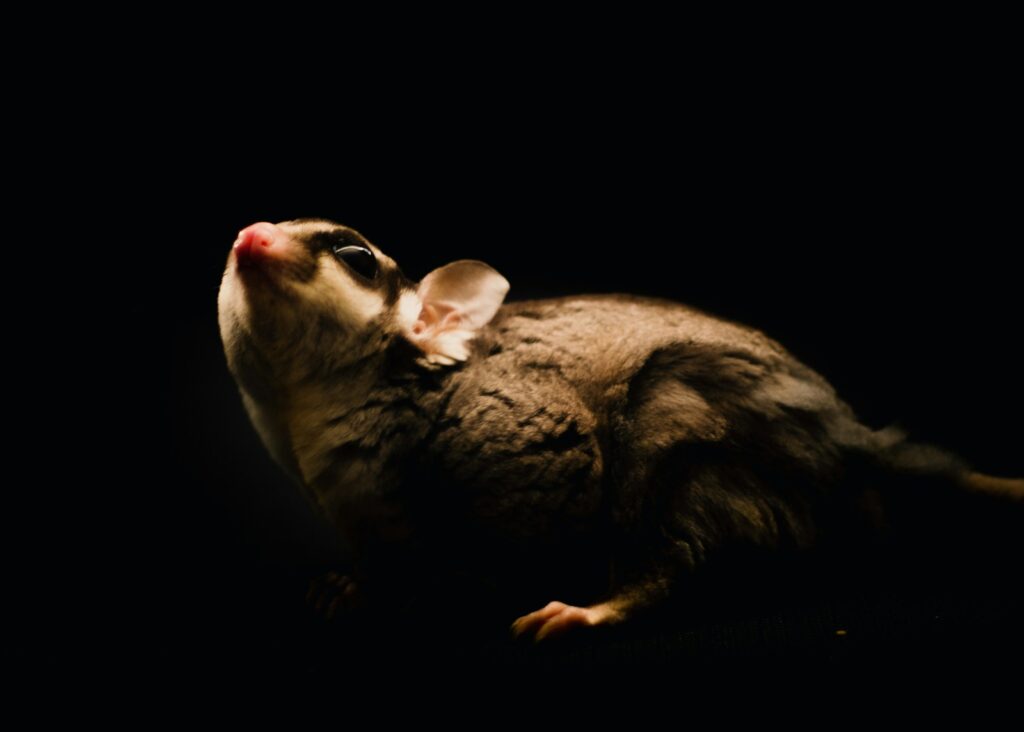
Sugar gliders require spacious enclosures that accommodate their natural gliding and climbing behaviors, with minimum recommended dimensions of 24″ x 24″ x 36″ for a pair, though larger is always better. The cage should feature narrow bar spacing (no more than 1/2 inch) to prevent escapes, as these clever marsupials can squeeze through surprisingly small openings. The habitat must include multiple levels with branches, shelves, ropes, and at least one nest box per glider where they can sleep together or separately as they choose. Proper cage setup should include exercise wheels designed specifically for sugar gliders (with solid running surfaces to protect their tails), various toys for enrichment, and food and water stations placed strategically throughout the enclosure. Avoid any items with small parts that could be chewed off and ingested, and remember that vertical space is more important than floor space for these arboreal animals.
Dietary Needs and Nutrition Challenges
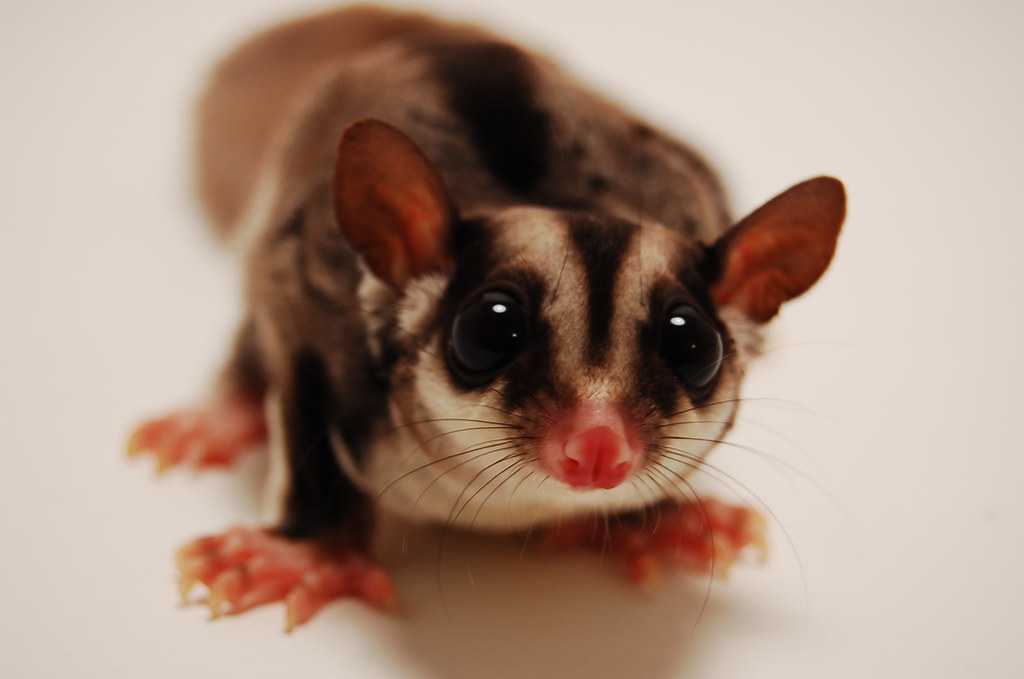
Providing proper nutrition for sugar gliders represents one of the most challenging aspects of their care, as their dietary needs are complex and not fully met by commercial diets alone. A proper sugar glider diet typically consists of a carefully calculated combination of protein sources (such as insects or specially formulated sugar glider pellets), fresh fruits and vegetables, and nectar substitutes like the widely-used “BML” (Bourbon’s Modified Leadbeater’s) homemade diet formula. Calcium-to-phosphorus ratio is critically important, as an imbalance can lead to metabolic bone disease, a common and potentially fatal condition in captive sugar gliders. Certain foods must be strictly avoided, including chocolate, caffeine, dairy products, refined sugars, and anything containing artificial sweeteners, especially xylitol, which is toxic to these animals. Meal preparation for sugar gliders requires daily commitment, as fresh foods need to be provided each evening when these nocturnal animals become active.
Bonding Process and Time Investment
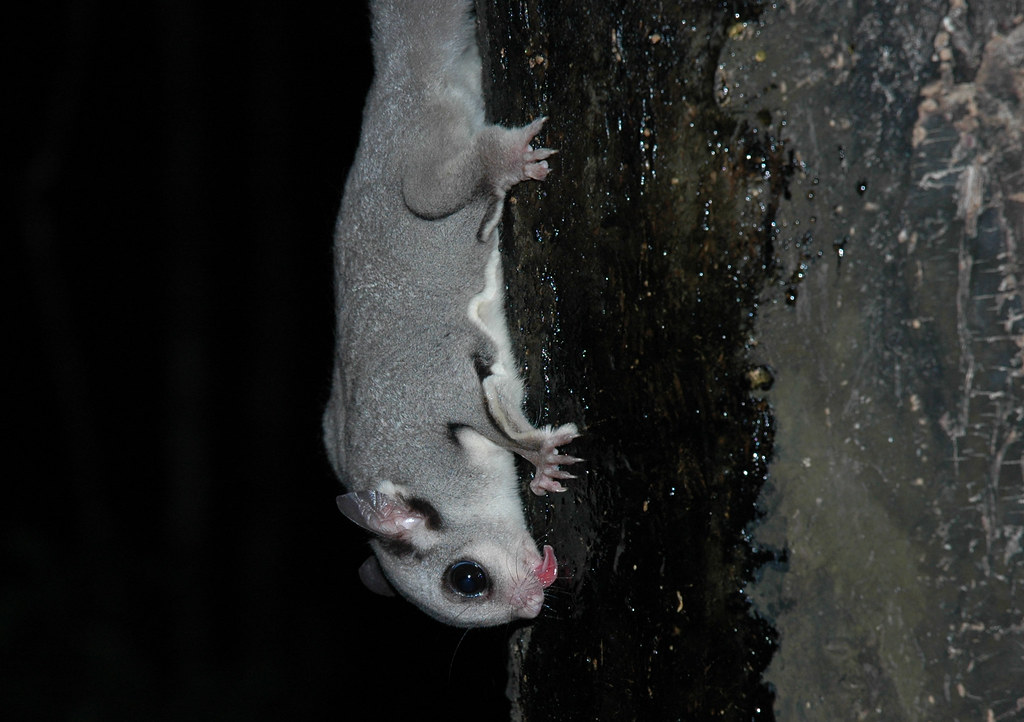
The bonding process with sugar gliders requires significant patience and consistent daily interaction, particularly during the first few months. New sugar gliders may be fearful and defensive initially, sometimes biting or lunging when approached. Successful bonding techniques include the “pouch method,” where you carry your glider in a special bonding pouch against your body for several hours daily so they become accustomed to your scent and movements. Expect to spend a minimum of 2-3 hours daily interacting with your gliders, especially during the critical bonding period, which can take anywhere from a few weeks to several months depending on the individual animal’s temperament and background. Many experienced owners recommend scheduling regular “tent time” where gliders can safely play and glide in an enclosed space like a bathroom or inside a pop-up tent while interacting with their human. The investment of time during bonding pays dividends in creating a trusting relationship that will last throughout your pet’s life.
Nocturnal Lifestyle Considerations

Sugar gliders’ nocturnal nature presents unique challenges that potential owners must consider carefully before adoption. These animals naturally sleep during daylight hours and become active at dusk, with peak activity occurring when many humans are preparing for bed. Their active hours typically extend from approximately 8 PM until early morning, which means they may be making noise, playing, and requiring attention when you’re trying to sleep. Housing sugar gliders in bedrooms can disrupt human sleep patterns due to their vocalizations, exercise wheel running, and other nighttime activities. Their nocturnal schedule also means feeding, bonding, and cage cleaning ideally should happen in the evening hours to align with their natural behavioral patterns. Potential owners should honestly assess their ability to adapt to or accommodate this reversed schedule before committing to sugar glider ownership.
Health Concerns and Veterinary Care
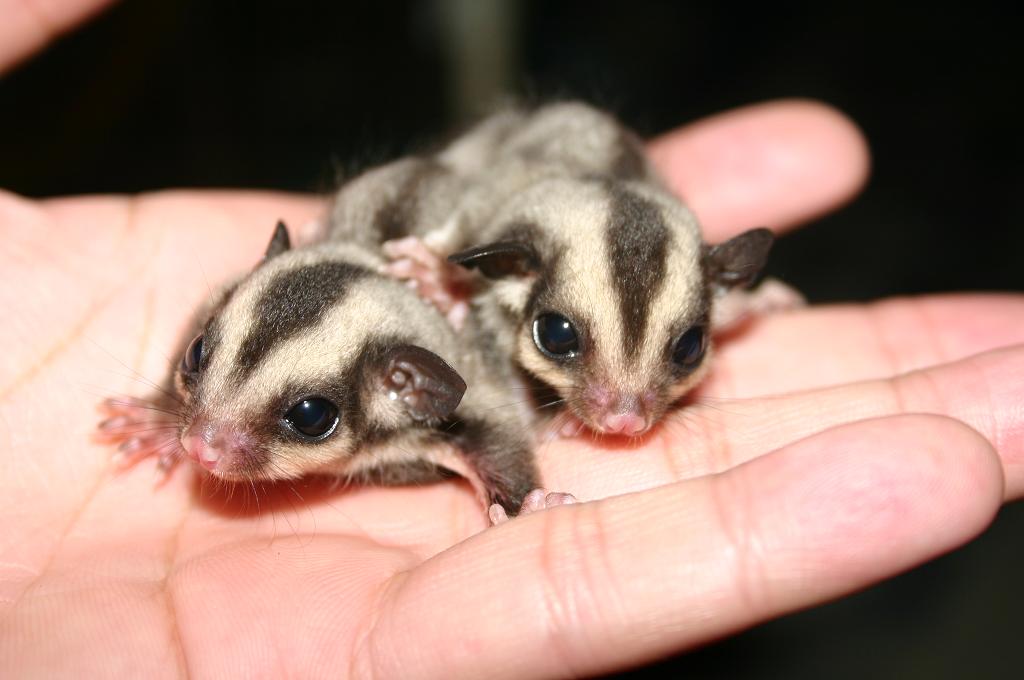
Finding appropriate veterinary care for sugar gliders can be challenging, as not all veterinarians have experience with these specialized exotic pets. Before adoption, research and identify an exotic pet veterinarian in your area with specific sugar glider experience, as proper medical care is essential for their wellbeing. Common health issues include nutritional deficiencies (particularly calcium deficiency leading to hind leg paralysis), obesity, dental problems, and stress-related conditions like self-mutilation or overgrooming. Sugar gliders are also prone to respiratory infections if kept in drafty conditions or inappropriate temperatures. Regular veterinary check-ups are recommended at least annually, with costs typically higher than for conventional pets due to their exotic status. Establishing a relationship with a knowledgeable veterinarian before an emergency occurs is crucial, as is maintaining a small emergency fund specifically for potential sugar glider medical expenses.
Temperature and Environmental Requirements
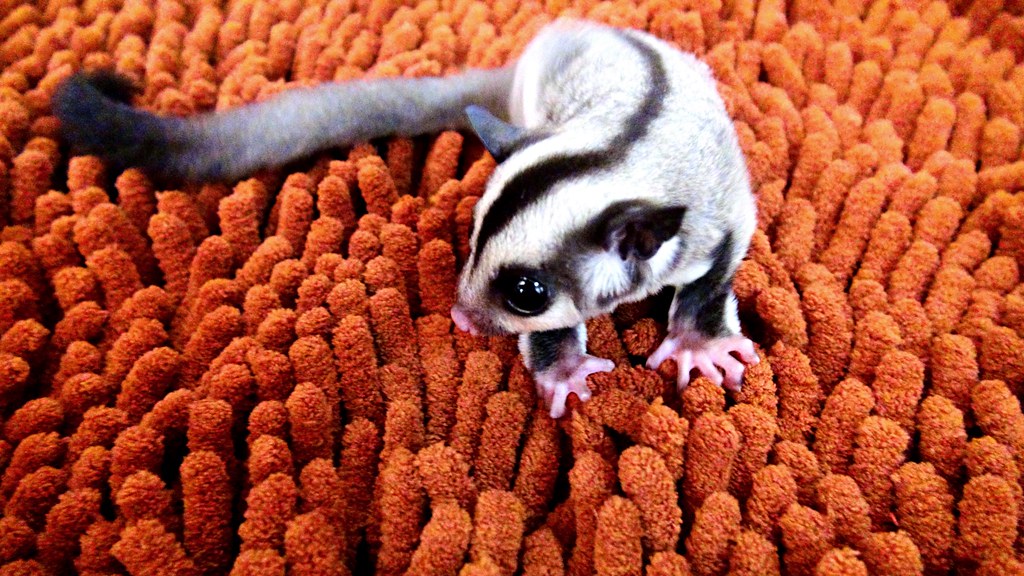
Sugar gliders have specific environmental needs that must be maintained for their health and comfort, with ambient room temperature being particularly important. The ideal temperature range for sugar gliders is between 75-85°F (24-29°C), and they should never be exposed to temperatures below 65°F (18°C) or above 90°F (32°C) for extended periods. Humidity levels should be maintained between 50-60% to mirror their natural habitat and support respiratory health. Gliders are sensitive to drafts, so cages should be positioned away from air vents, fans, windows, or doorways that create air currents. Their environment should include a consistent light cycle that allows for approximately 12 hours of darkness to support their nocturnal nature. Additionally, sugar gliders are highly sensitive to strong odors, chemicals, and smoke, meaning air fresheners, scented candles, essential oil diffusers, and especially cigarette smoke should be strictly avoided in homes where they live.
The Cost of Sugar Glider Ownership
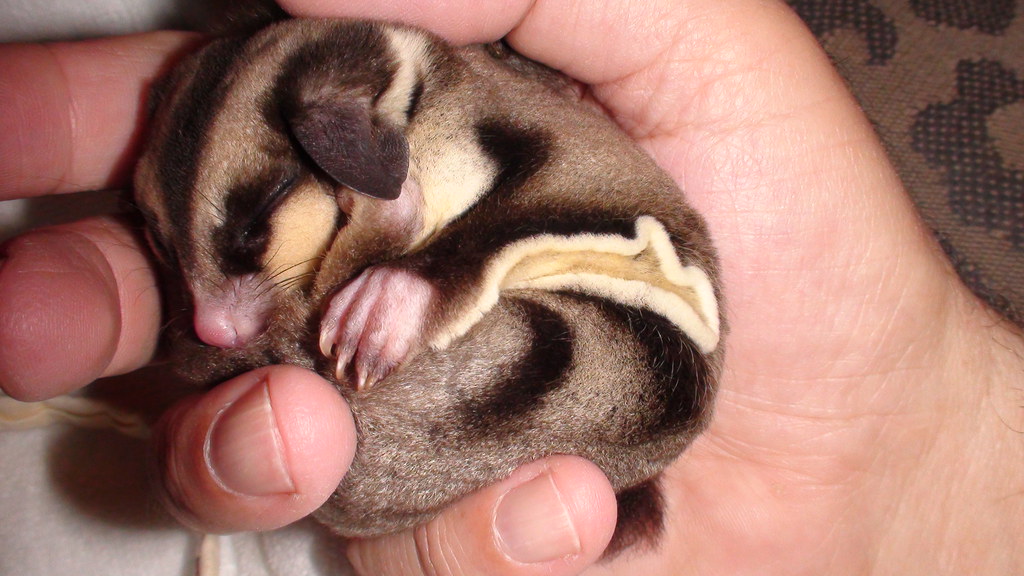
The financial commitment of sugar glider ownership extends far beyond the initial purchase price, which typically ranges from $200-$500 per glider from reputable breeders. Since they must be kept in pairs or small colonies, this initial investment is immediately multiplied. The proper cage setup with all necessary accessories (nest boxes, wheels, toys, branches) can cost $300-$700 for a quality habitat. Monthly expenses include specialized diet ingredients, fresh produce, insects, and bedding materials, averaging $50-$100 per month for a pair of gliders. Veterinary care costs are higher than for conventional pets, with initial wellness exams ranging from $75-$150 and emergency care potentially costing several hundred dollars. Additional expenses include bonding pouches, travel carriers, and replacement toys and cage accessories as needed. Prospective owners should budget approximately $1,000-$1,500 for startup costs and at least $600-$1,200 annually for ongoing care.
Behavioral Traits and Communication

Sugar gliders communicate through a complex system of vocalizations and body language that new owners must learn to interpret. Their vocal repertoire includes barking (often indicating alarm or territorial defense), crabbing (a defensive sound similar to a rattlesnake’s warning), purring (contentment), and various chirps and chatters used for colony communication. Understanding these sounds helps owners respond appropriately to their gliders’ emotional states. Behaviorally, sugar gliders may mark their territory and owners with scent glands, with males particularly prone to marking behaviors. When frightened, they may exhibit defensive postures, including lunging, biting, or playing dead in extreme cases. Sugar gliders are naturally curious and playful, especially during their active evening hours, and may develop specific routines or behaviors with their human companions. Their intelligence requires regular mental stimulation through toys, foraging activities, and environmental enrichment to prevent boredom-related behaviors.
Colony Dynamics and Introductions
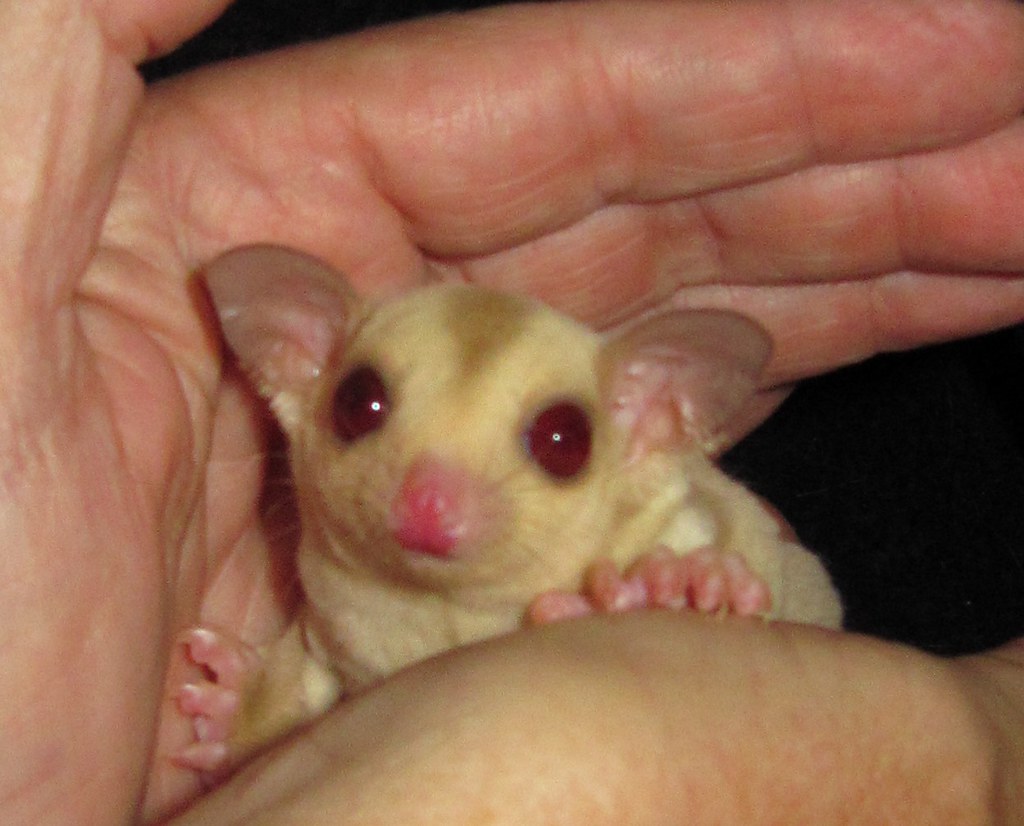
Adding new sugar gliders to an existing colony requires careful planning and a methodical introduction process to prevent fighting and injury. Introductions should happen in neutral territory unfamiliar to all gliders involved, with close supervision and gradual progression from visual contact to eventual cohabitation. Male sugar gliders can be territorial, and unrelated males may fight if not introduced properly, while introducing females generally presents fewer challenges. The introduction process typically takes 2-4 weeks of daily supervised interaction sessions before gliders can safely share living quarters. Understanding colony hierarchy is important—sugar glider groups usually have a dominant male who may display more marking behaviors and take leadership in group activities. When introducing joeys (baby sugar gliders) to adults, the process is usually smoother, but vigilant monitoring is still necessary. Maintaining proper colony dynamics requires ongoing attention to behavioral cues and proactive intervention if tensions develop between colony members.
Ethical Considerations and Sources
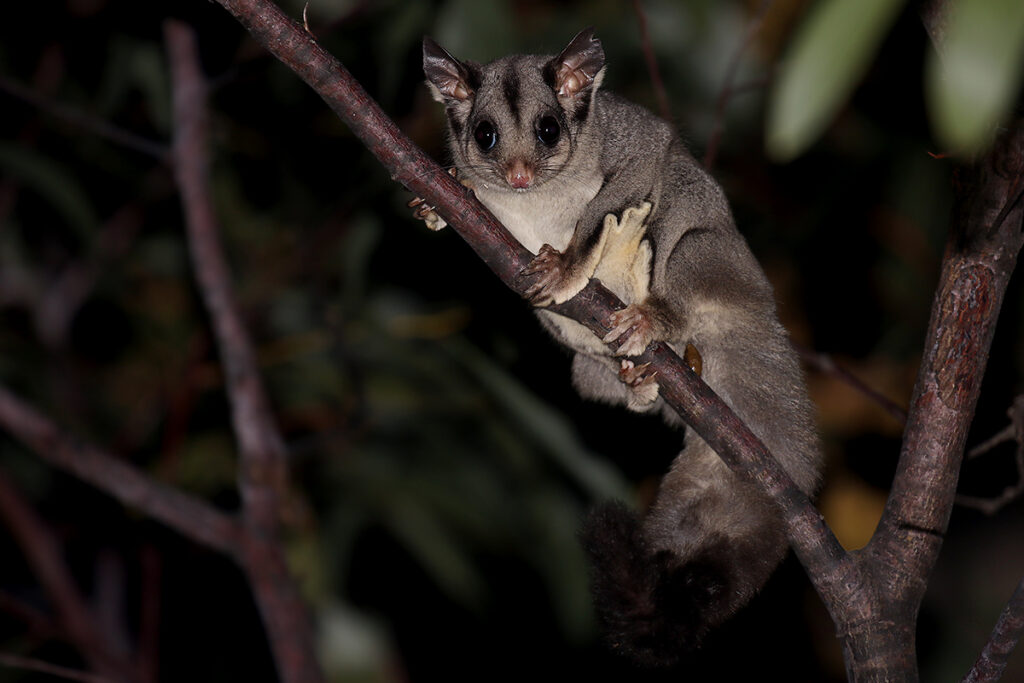
Ethical sourcing of sugar gliders is a critical consideration for potential owners committed to responsible exotic pet ownership. The most ethical option is adopting from reputable breeders who specialize in sugar gliders and can provide detailed lineage information, health histories, and proper socialization from birth. Avoid purchasing from pet stores, which often source from large-scale breeding operations with questionable practices and may provide inaccurate care information. Another ethical option is adopting rescue gliders from specialized exotic pet rescues or sugar glider-specific rescue organizations, which frequently have animals needing homes due to owners underestimating their care requirements. When researching sources, request facility tours (virtual or in-person), ask detailed questions about breeding practices and healthcare, and seek references from previous customers. Ethical breeders will ask you questions as well, ensuring their animals go to prepared, committed homes where they’ll receive proper care throughout their lives.
Conclusion: Is a Sugar Glider Right for You?
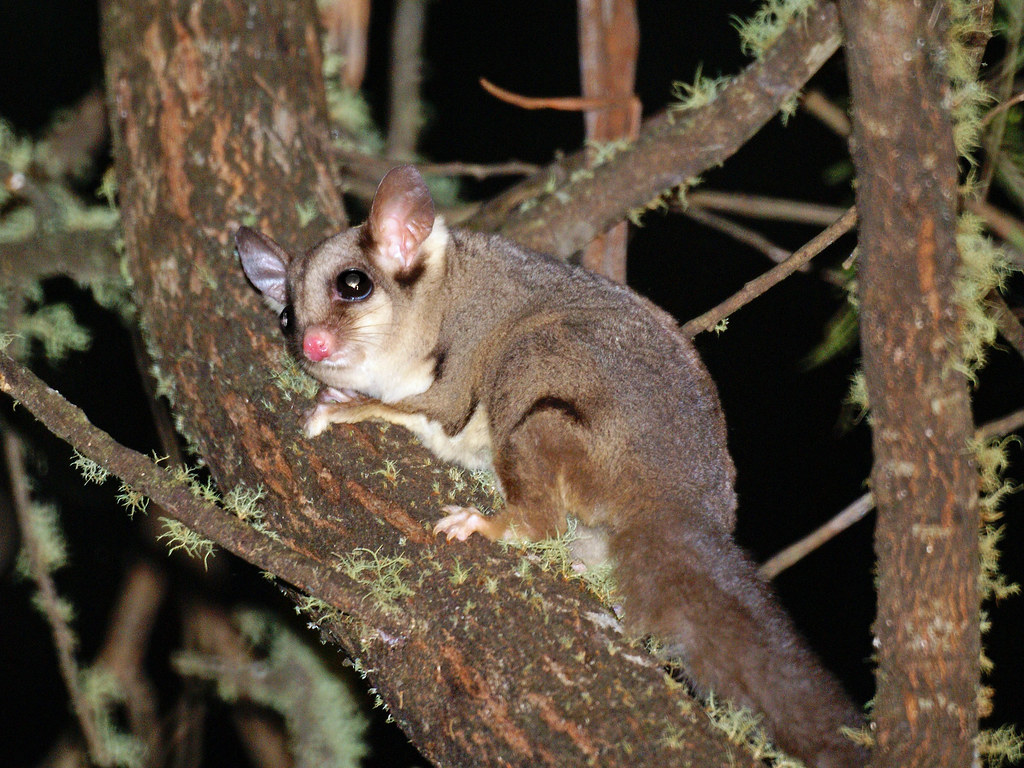
After considering all aspects of sugar glider ownership, the most important question remains: is this exotic pet truly compatible with your lifestyle, living situation, and long-term commitment capacity? These enchanting marsupials require specialized care, significant time investment, financial resources, and a willingness to adapt to their nocturnal schedule. They’re not suitable for households with young children, those with frequent travel requirements, or people seeking a low-maintenance pet. However, for dedicated individuals willing to meet their complex needs, sugar gliders offer a uniquely rewarding companion animal experience with their affectionate nature and fascinating behaviors. Before making a final decision, consider volunteering with a sugar glider rescue organization or speaking with multiple experienced owners to gain firsthand perspective on daily care realities. Responsible ownership means being fully prepared for the decade-plus commitment these special animals represent, ensuring you can provide the specialized environment they need to truly thrive in captivity.

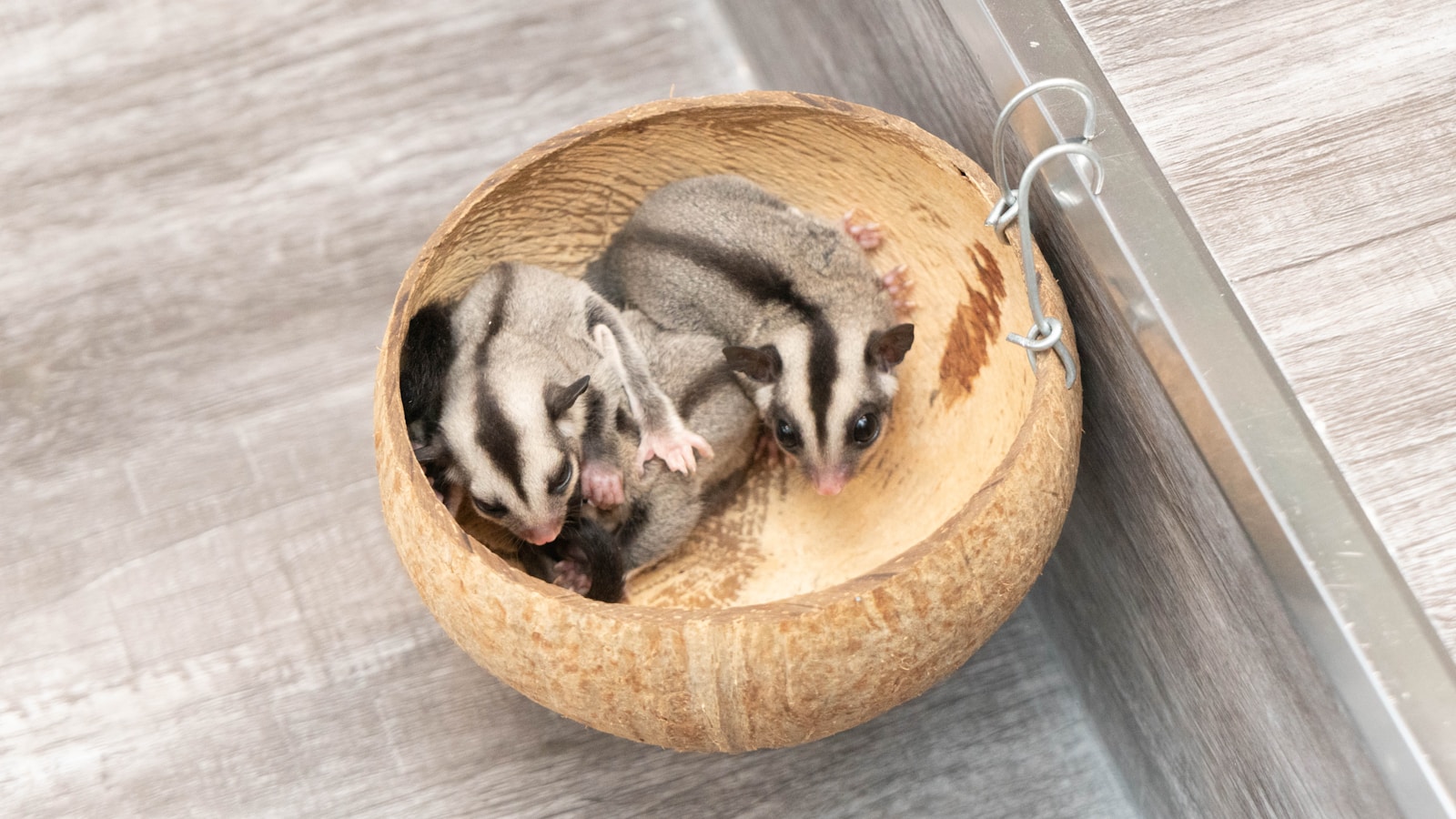
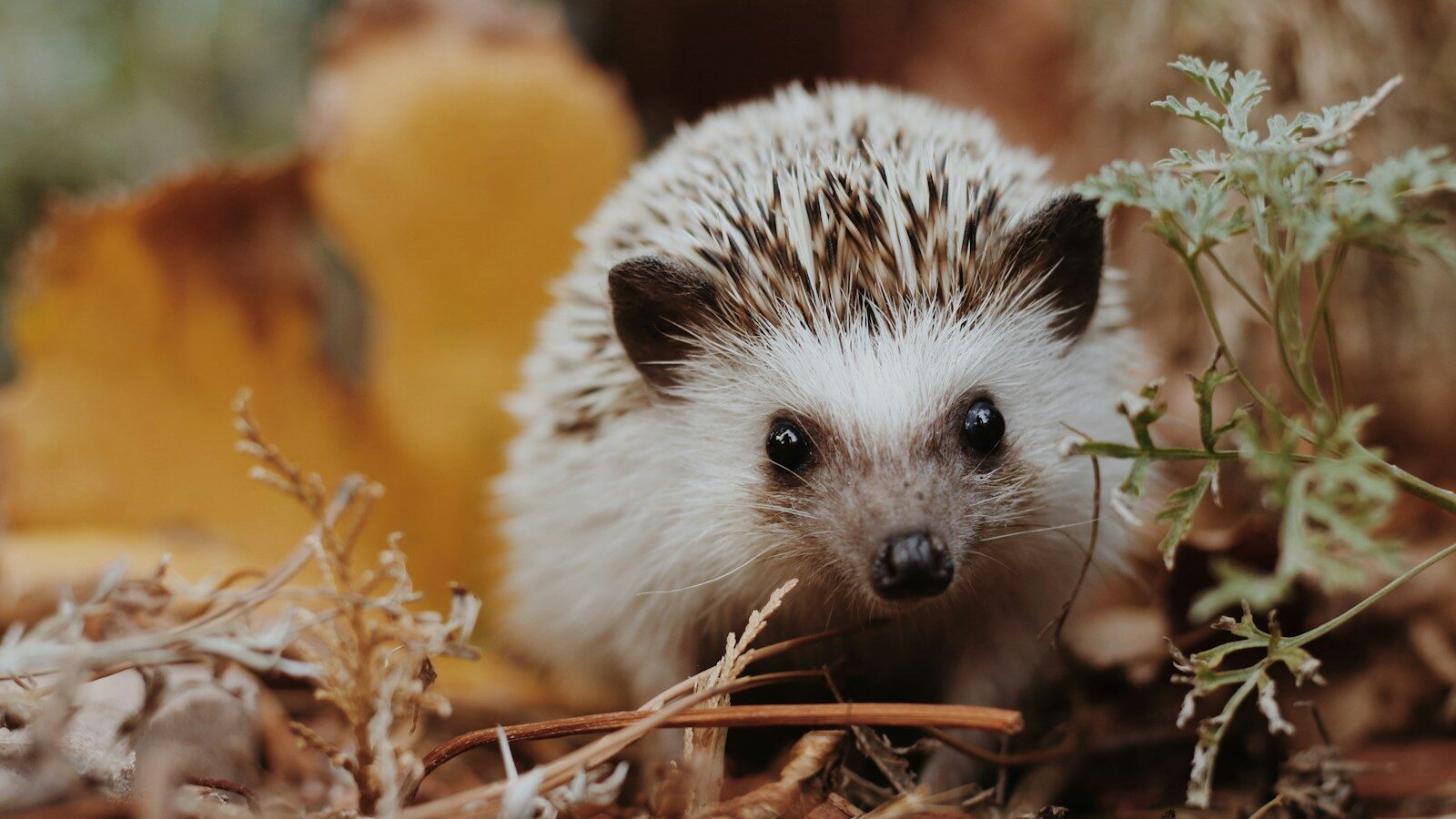

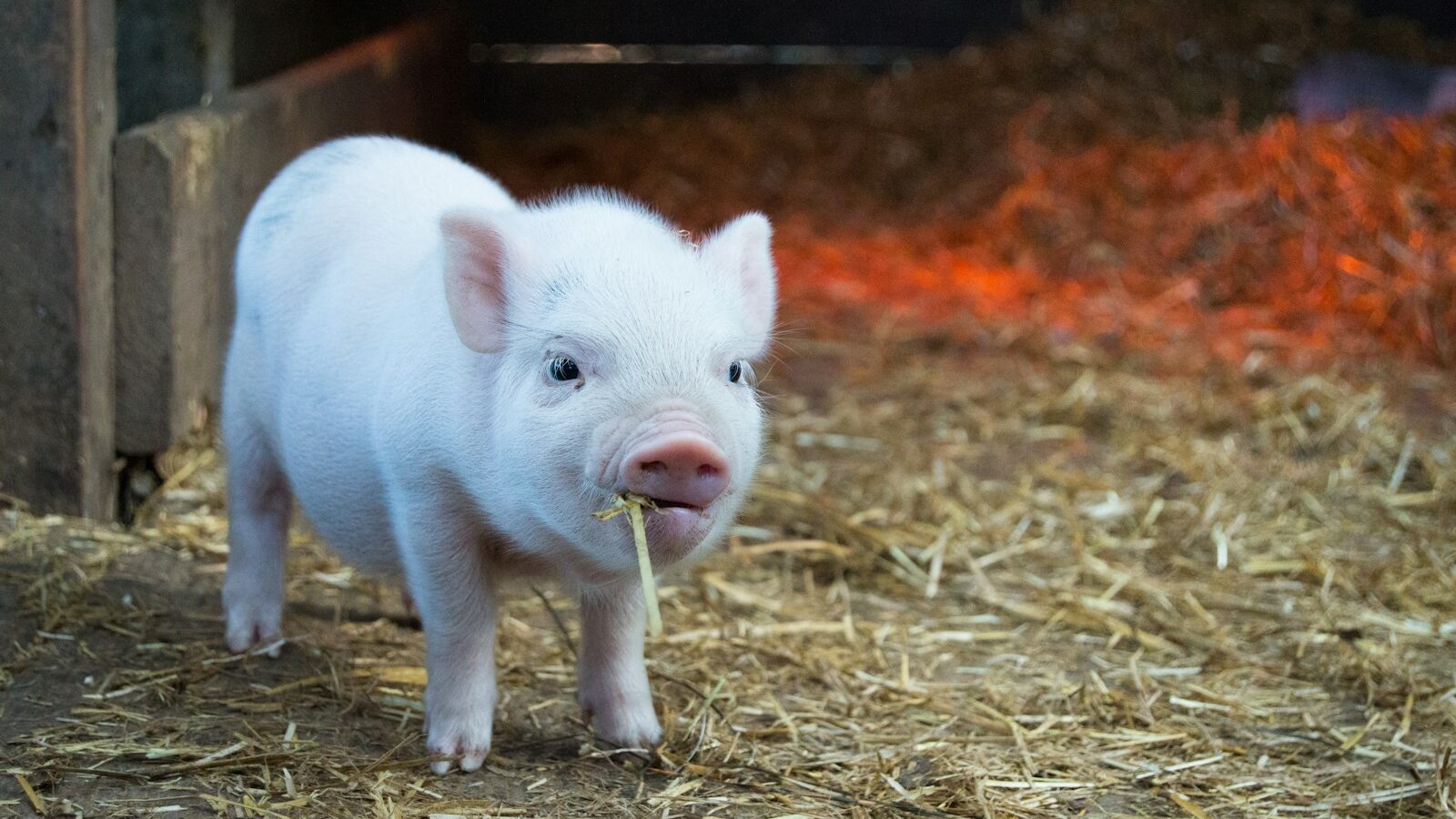
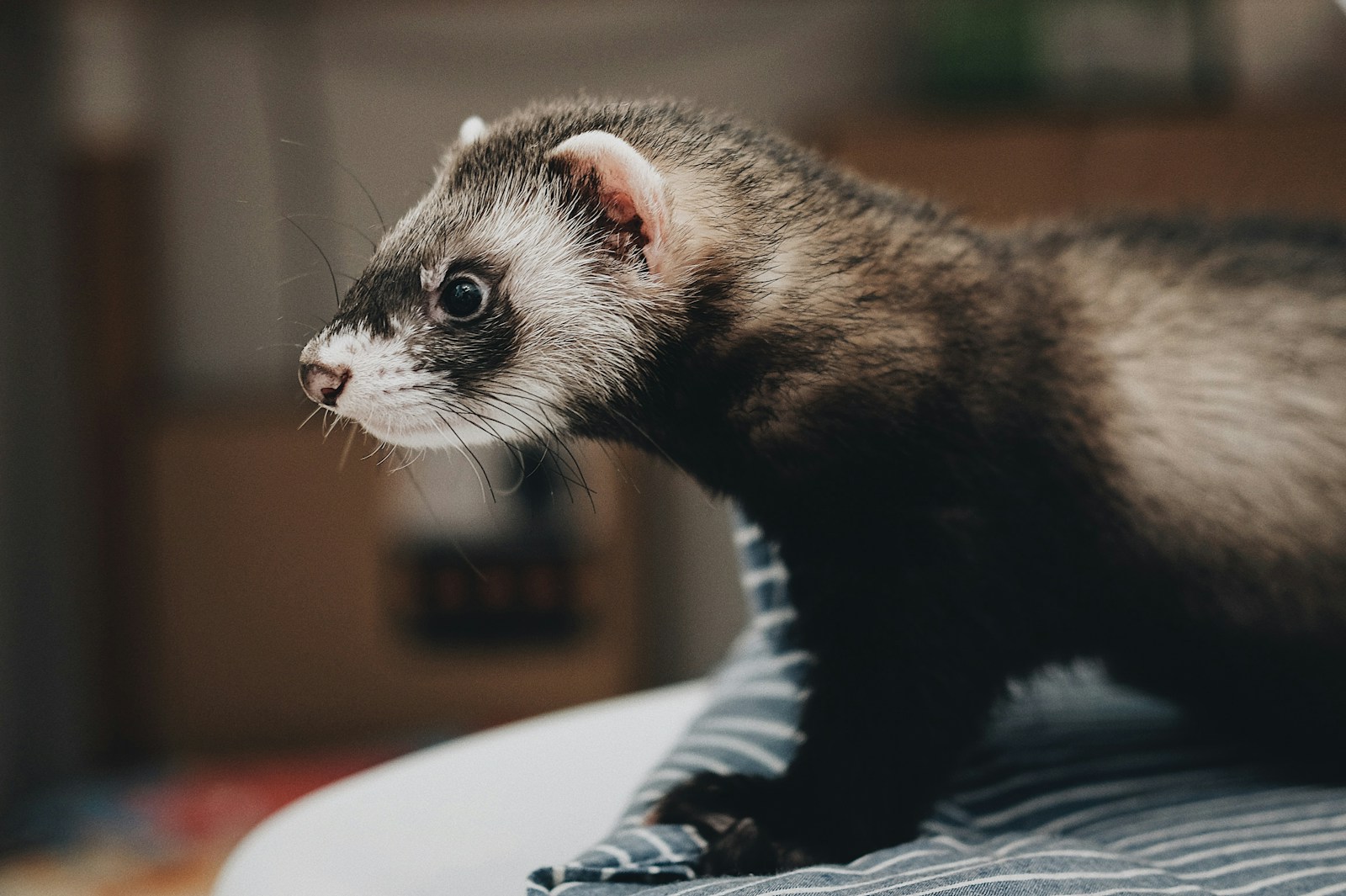
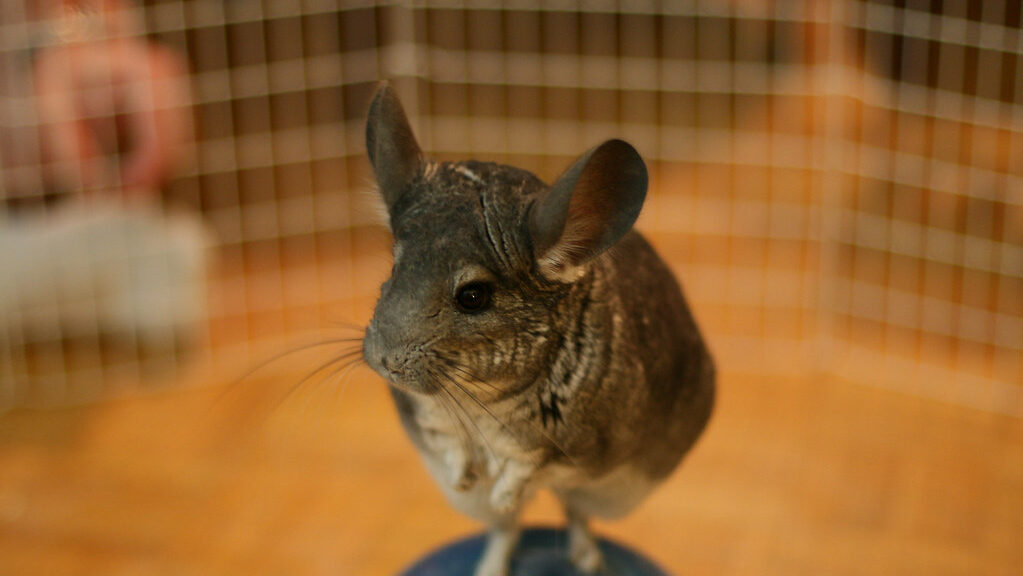
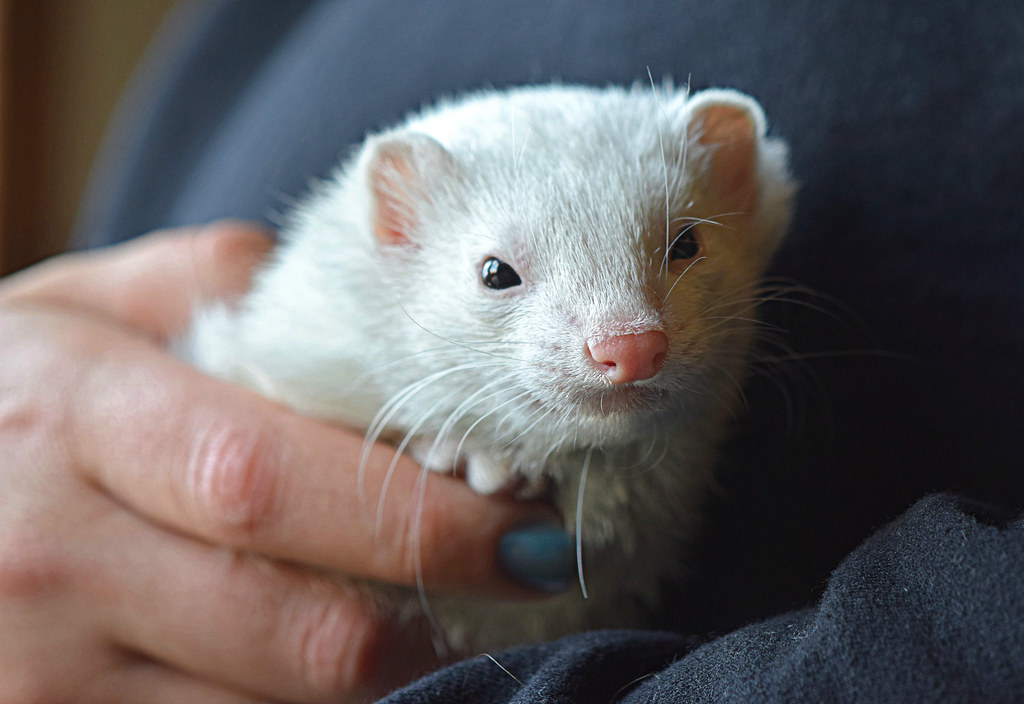
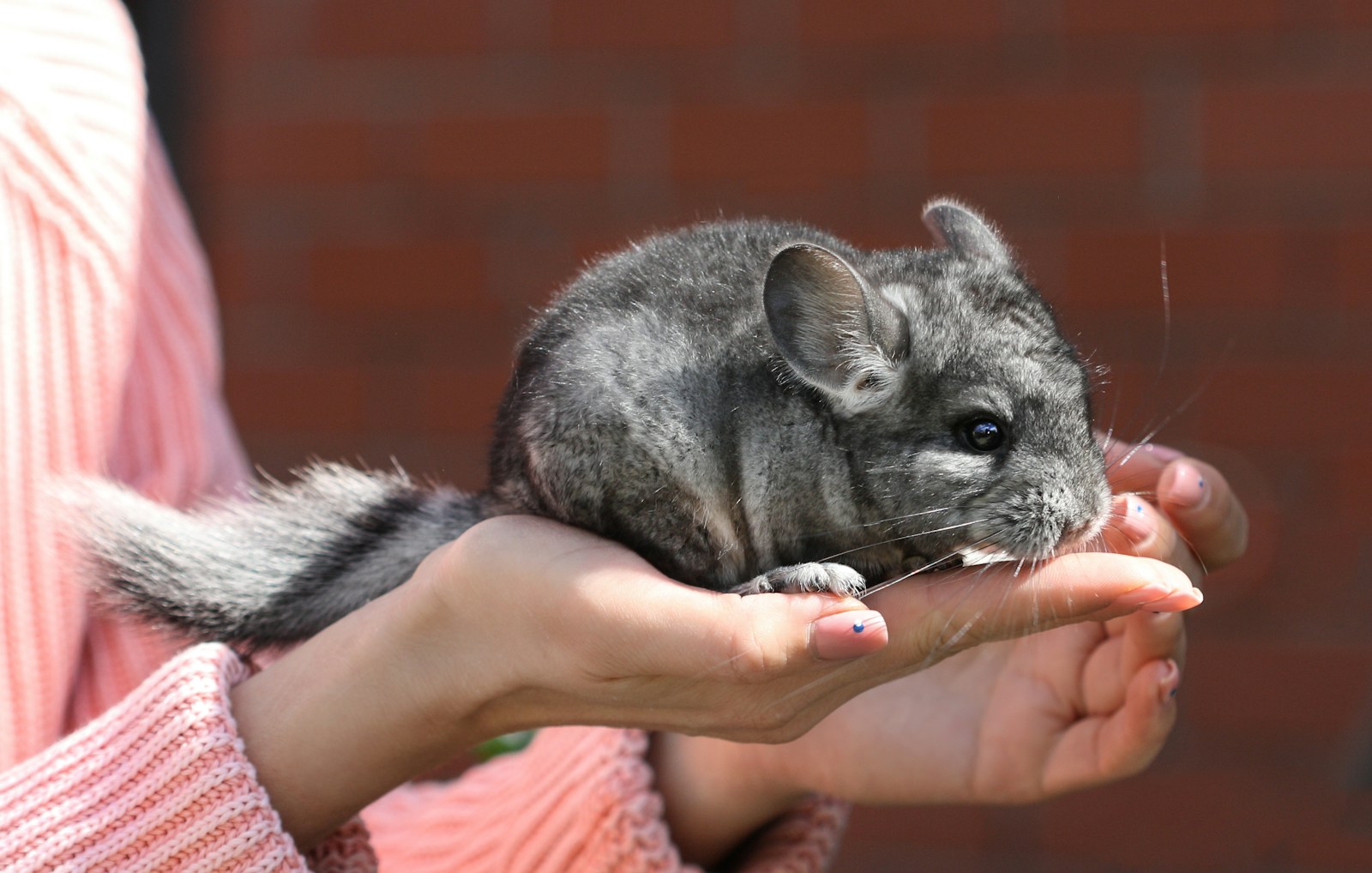
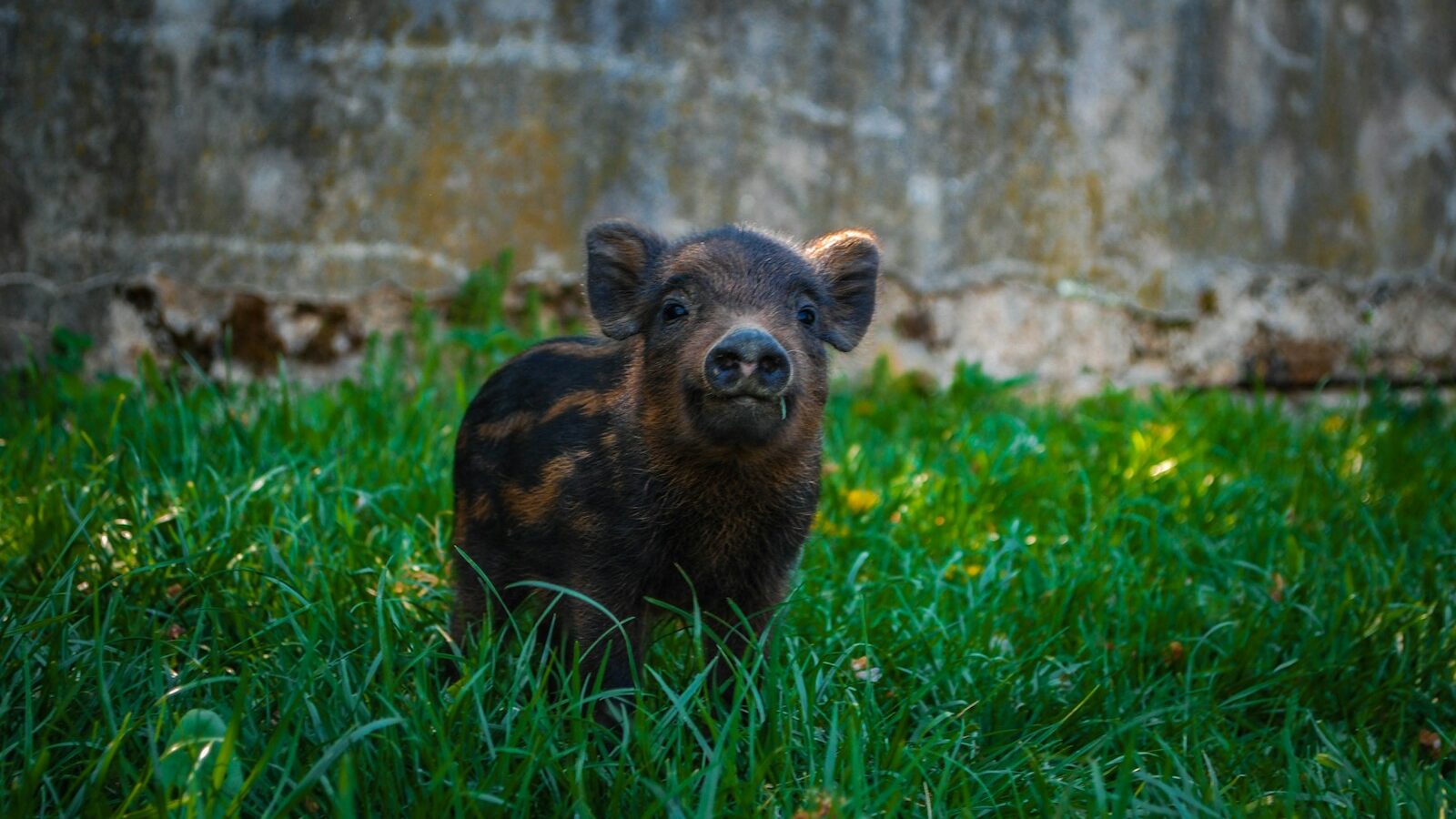
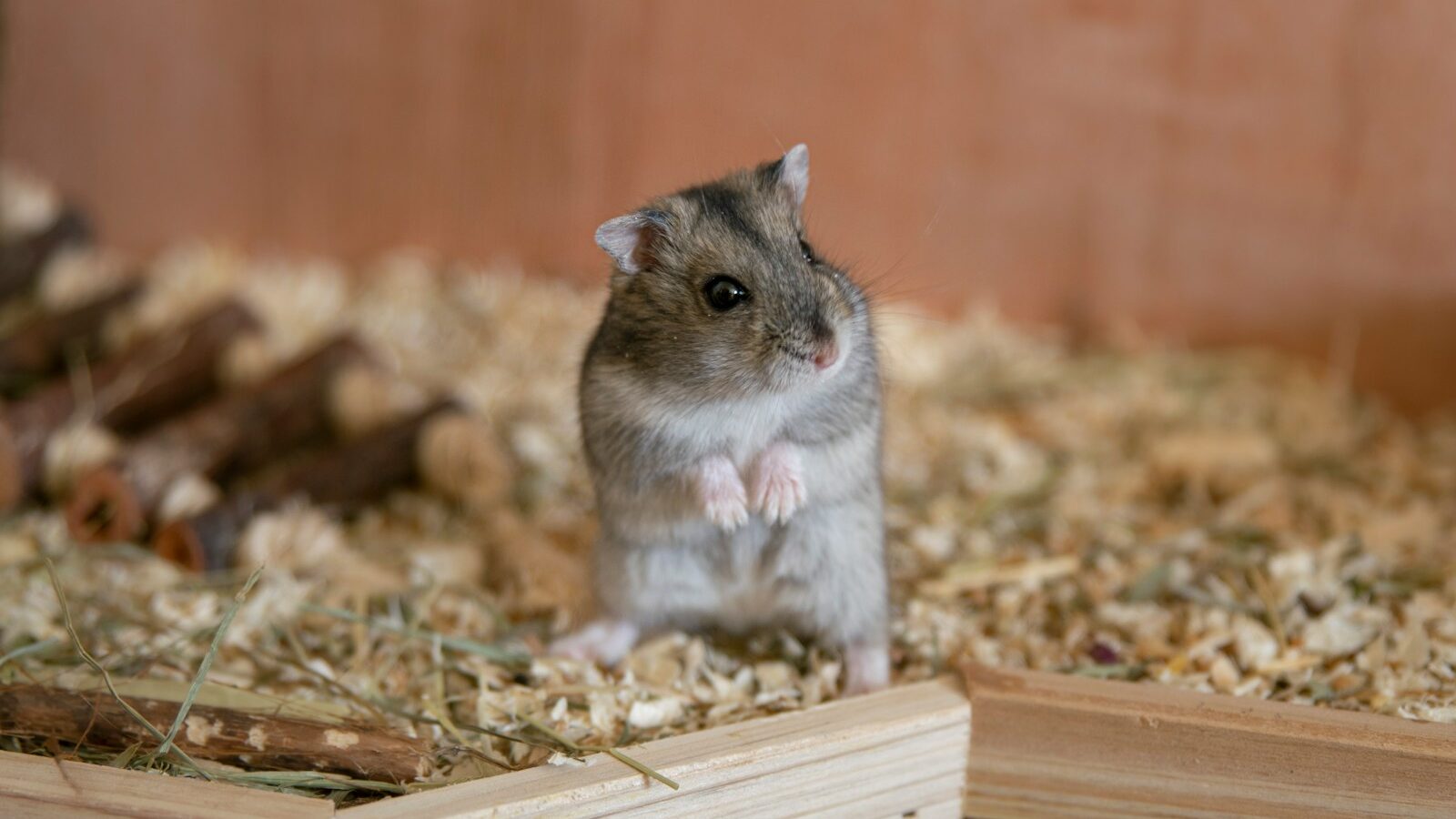
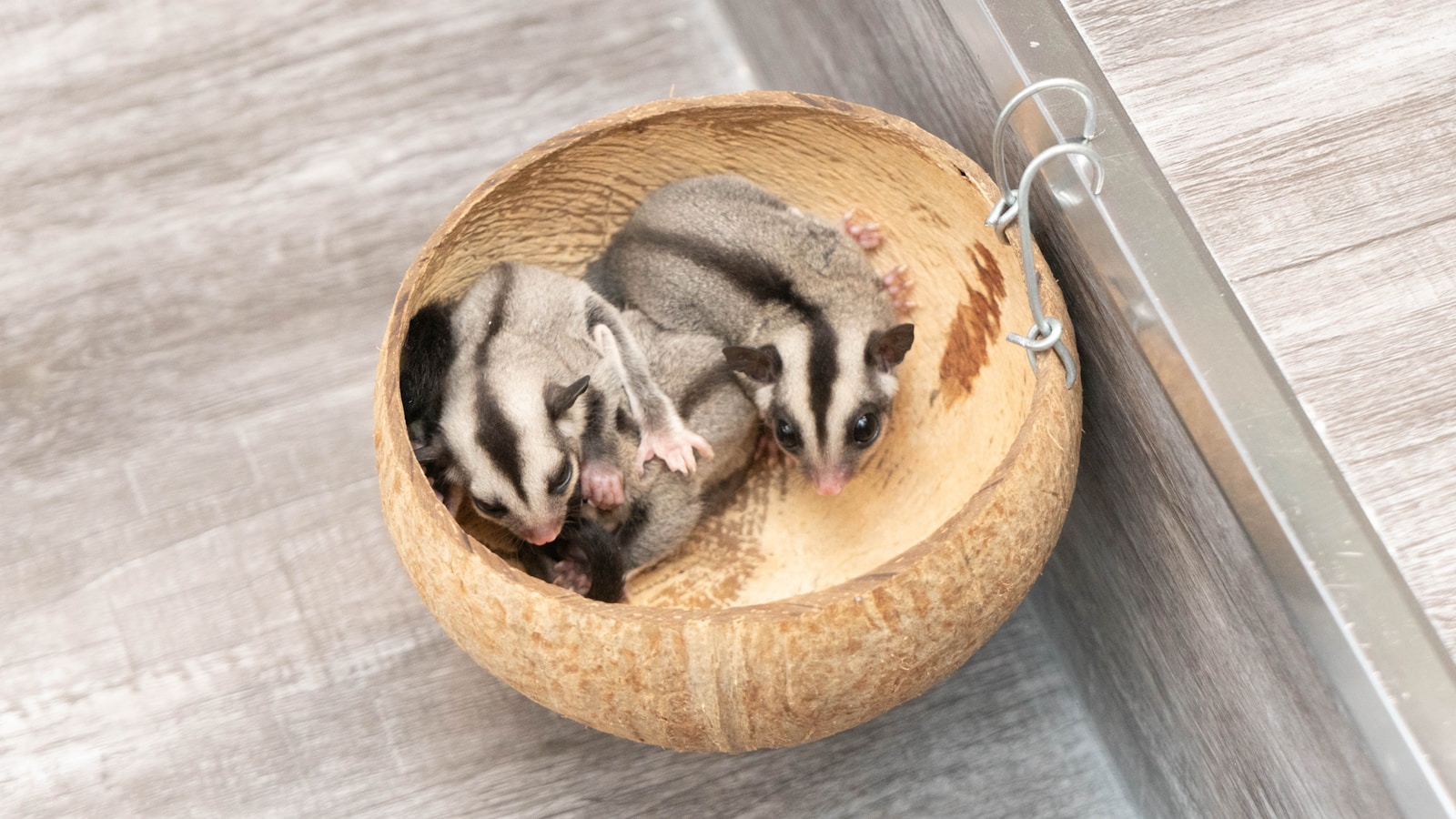
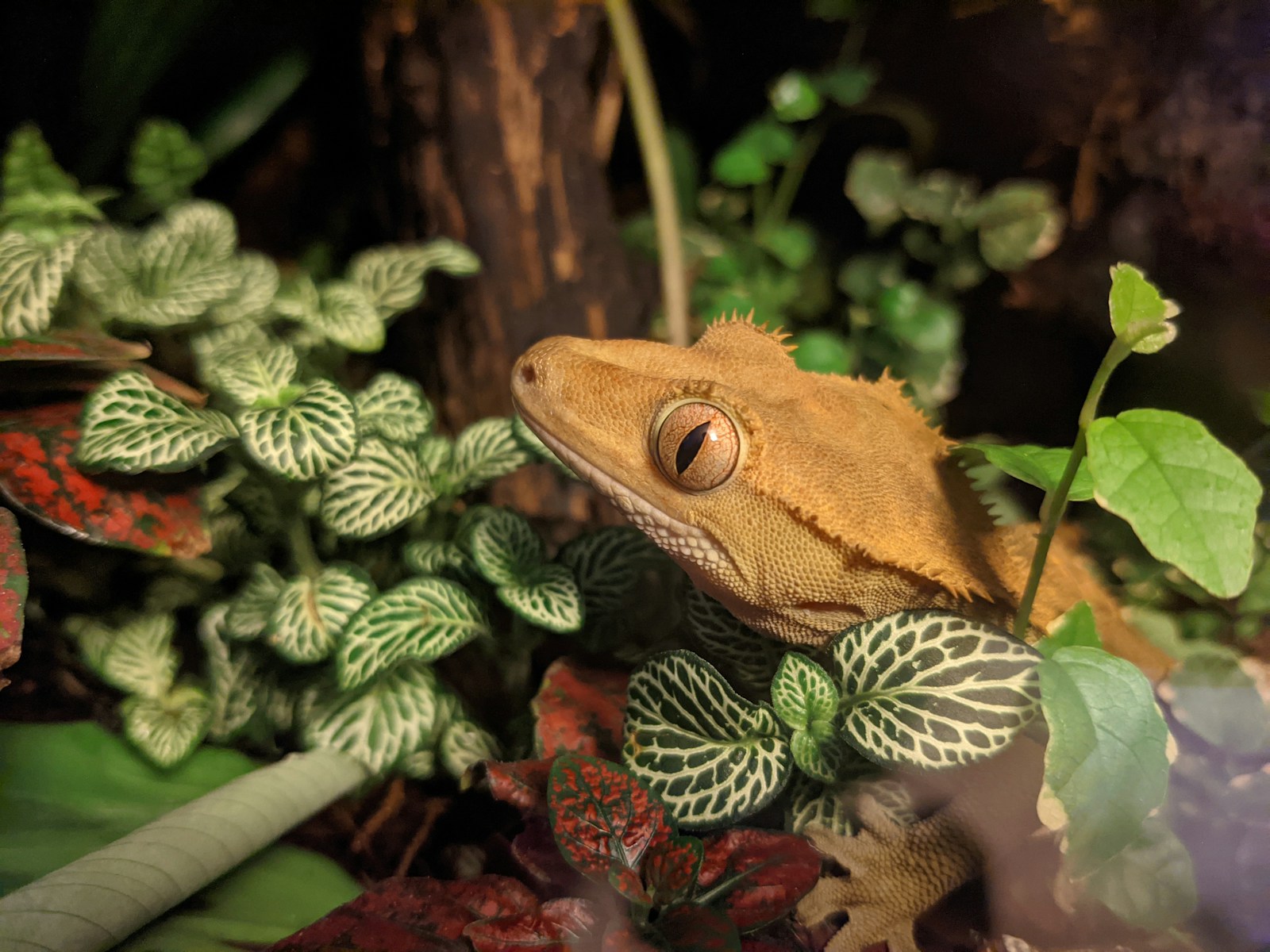

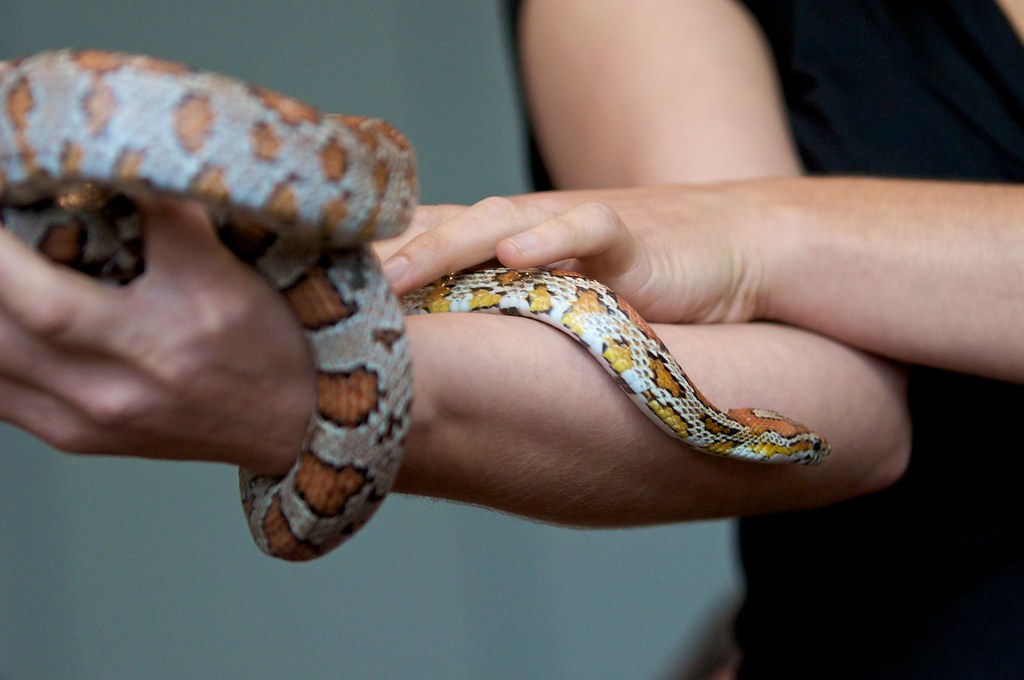

Leave a Reply